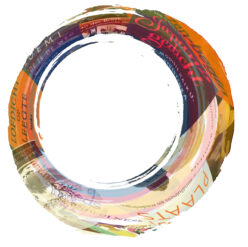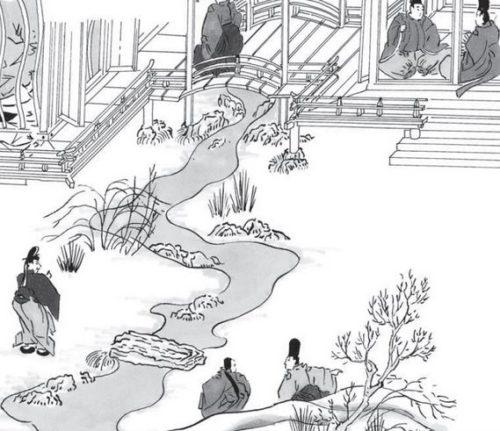“the use of nature as a motif for garden design (and perhaps a reason why nature imagery was such a fundamental theme of the Heian period [794-1184] in general as well) was based on the widespread belief that there was something inherent about the natural world that was wholesome and correct. Things as they appear in the natural world were believed to express an innate balance, … a kind of healthfulness. It followed that to use those elements in the garden in the same way they were found in nature was
Jirō Takei & Marc P. Keane
Uit: Sakuteiki – Visions of the Japanese garden, Jirō Takei, Marc P. Keane, Tuttle Publishing, 2008;p56. (Afbeelding:p35)
Over het boek: The Sakuteiki, or “Records of Garden Making,” was written nearly one thousand years ago. It is the oldest existing text on Japanese gardening -or any kind of gardening- in the world. In this edition of the Sakuteiki the authors provide an English-language translation of this classic work and an introduction to the cultural and historical context that led to the development of Japanese gardening. Central to this explanation is an understanding of the sacred importance of stones in Japanese culture and Japanese garden design.

